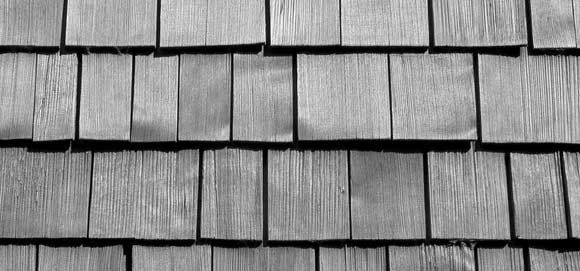 |
Reclaimed slates and tiles |
 |
Timber shingles and shakes |
 |
Natural slate |
 |
Clay tiles |
Key issues
• Embodied energy - there's a wide scale of embodied energy from wood shingles at the low end of the range to aluminium at the high. The main energy components are those derived from manufacture and transport. As with other materials, sourcing a product in the UK (and close to site if possible) can dramatically reduce its embodied energy.
• Material efficiency - Selecting a material can be made more complicated once its efficiency is considered. For example in some circumstances it can be argued that a strong, lightweight material used over a large span can have a lower environmental impact than a heavier, more sustainable material once the degree of structural support is introduced into the equation.
• Durability - The longer lasting roofing material has a lower environmental impact
Materials
Reclaimed slates and tiles

Assuming that there is a quality-assured source of sufficient quantity available for the job, there are few excuses not to use reclaimed slates and tiles.


